The policy of merging and rearranging the system of higher education institutions (HEIs) not only helps reduce the number of focal points, but also helps schools become stronger and develop sustainably. Minister of Education and Training Nguyen Kim Son said that he is preparing a "major rearrangement" of HEIs and this is inevitable, similar to the merger of administrative units.
Forming large university centers
According to the Plan for the network of university and pedagogical institutions for the period 2021-2030, with a vision to 2050, approved by the Prime Minister in February 2025, large university education centers will be formed, about 50 to 60 university education institutions training to doctoral level; some public university education institutions will be streamlined; pedagogical universities in physical education, sports, and arts will be reorganized. Universities will be restructured and developed into multi-disciplinary, multi-field university education institutions with a focus on technology and engineering.
For pedagogical colleges, arrange and organize in the direction of merging with a pedagogical university or a multi-disciplinary, multi-field university (with a school, faculty of pedagogy or basic sciences ); Merge into a local or regional university; Merge or consolidate with a number of other local educational institutions.
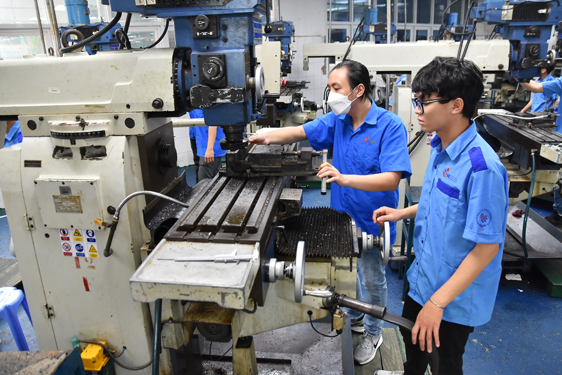
Students of Ho Chi Minh City University of Industry during practice. Photo: TAN THANH
According to Minister Nguyen Kim Son, except for schools in the police, military and non-public sectors, in the coming time, about 140 scattered public schools belonging to central and local ministries and branches will be rearranged. The Ministry is considering many options, such as transferring schools belonging to the central sector, managed by ministries and branches, to local areas. It is possible to merge local schools into central schools, or schools belonging to ministries and branches can merge together, many local schools can merge together... Some schools will be dissolved if they are too small in scale, do not meet standards...
Regarding state management of higher education institutions, the Ministry of Education and Training advocates adjustments in the direction of reducing direct intervention, implementing more decentralization, delegation, and authorization. The principle is "firmly grasp what needs to be grasped, decisively let go of what needs to be let go". Schools are given stronger autonomy in academics, finance, science, and training, but administrative responsibilities must also be clearer.
Building a three-tier university system
Before the upcoming "major university restructuring", many experts have frankly stated that merging universities is an inevitable trend, however, it needs to be carefully researched, implemented cautiously, with plans and principles.
Prof. Dr. Nguyen Dinh Duc, former Chairman of the University Council of the University of Technology - VNU Hanoi, said the merger will help avoid dispersion and duplication of majors and programs, especially in small-scale, low-efficiency institutions, while contributing to raising international competitiveness. From this merger, multidisciplinary universities of sufficient size will be formed, with a research and innovation ecosystem, increasing opportunities to enter rankings and attract international scholars and students.
"The merger will also promote autonomy and accountability because the model with fewer focal points helps to plan strategies, finances, and human resources more consistently. The ultimate goal of the merger and reform is to streamline the apparatus, improve the operational efficiency of universities, improve the quality of training and research; and enhance the competitiveness and governance of universities," emphasized Professor Nguyen Dinh Duc.
Dr. Le Viet Khuyen - Vice President of the Association of Vietnamese Universities and Colleges - proposed that when reorganizing and planning public universities, schools in the same field should not be merged, because it can easily lead to internal competition. Instead, schools in different fields should be merged to form multi-disciplinary, multi-field universities. It is necessary to clearly classify elite universities, regional universities and local universities because each type has its own mission, and cannot be mechanically combined. According to this expert, a feasible solution is to build a clear three-tier system: National universities play an elite role, regional universities serve a large area, and local universities are only responsible for training human resources for provinces and cities. Ho Chi Minh City and Hanoi can take the lead in applying this classification, thereby setting a model for the whole country. If done correctly, these two places will be the place to form a strong multi-disciplinary, multi-field university system, with both elite universities leading and local universities doing a good job of training for the labor market.
Transparent, divided into stages
Professor Nguyen Dinh Duc admitted that the merger would lead to concerns due to organizational disruption, affecting the rights of lecturers and students. This concern is well-founded and related to changes in structure, job positions, habits, income, job transfers, new assessment standards, etc. To resolve these concerns and do a good job of the merger, Professor Nguyen Dinh Duc said that it is necessary to unify the principle of handling "no one is left behind", along with transparency and division into stages. The general spirit of the merger is not "mechanical merging" but strategic restructuring to form strong, interdisciplinary, autonomous, and highly accountable universities. The success of this "reform" depends on institutional design, governance model, transparent data, humane roadmap and commitment to putting quality - people - national mission at the center.
Professor Nguyen Dinh Duc suggested that after the merger and restructuring, schools need to urgently rebuild job positions, functional descriptions, academic standards, establish an evaluation mechanism as well as independent, public and transparent adjustments. Especially the financial mechanism and internal spending regulations must anticipate quite complicated situations such as an autonomous school merging with a non-autonomous school and vice versa. For students, it is necessary to preserve their learning rights, for example, the current training program framework, the number of credits, and the preservation of tuition fees, while at the same time having a plan to gradually unify the training program standards after the merger.
Associate Professor Dr. Nguyen Duc Son, President of Hanoi National University of Education, said that arranging and restructuring university education facilities is considered a breakthrough for larger schools, capable of competing and reaching out to the world. However, the next step is related to the scale of human resource management and how to streamline the apparatus effectively. "Large units with large scale will have the ability to use common resources including lecturer resources and laboratory resources, just like looking at agriculture, each place has a plot of land, it will never become a commodity agriculture" - President of Hanoi National University of Education compared.
Next: "Golden rules" for successful restructuring
(*) See Lao Dong Newspaper from September 30 issue
Experience from University of Finance and Marketing
Master Hua Minh Tuan, former Vice Principal of the University of Finance and Marketing, said that the story of rearranging the university and college education system is not new, but this time the plan will be to rearrange on a larger scale to bring the strength of the system to meet the needs of the new era.
Mr. Tuan said that in July 2017, the Ministry of Finance organized a reorganization when merging the College of Finance - Customs into the University of Finance - Marketing. When reorganized, the school's facilities were larger, the teaching staff was larger, but that did not mean it was stronger because the two fields were different.
Regarding the financial mechanism, the University of Finance - Marketing is a school with full financial autonomy while the College of Finance - Customs is only partially autonomous. Therefore, the Ministry of Finance must operate the two financial mechanisms within 6 months so that the parties can resolve their own financial problems so that from January 2018, the financial resources can be combined; the same goes for human resource arrangement.
According to Mr. Tuan, currently, when there is a mechanism to merge schools in the regions, there should be solutions to prepare for the integration of human resources, finance, and facilities.
The management of a newly merged school when two schools have different strengths, in terms of personnel management, must take the strengths of each unit as the operating unit, and where there is overlap, choose someone with experience or high academic qualifications to lead the management to ensure internal solidarity. When arranged like that, it will lead to teachers who are in the position of head having to go down to deputy, then the rotation policy must be implemented correctly but their rights must be reserved until the end of their term.
H.Lan
Source: https://nld.com.vn/sap-xep-lai-he-thong-dai-hoc-la-tat-yeu-dai-sap-xep-dai-hoc-ra-sao-19625100120313125.htm








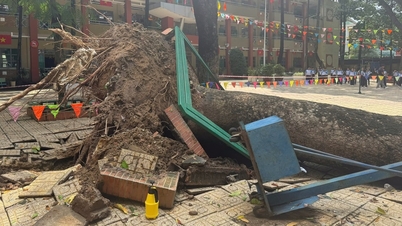



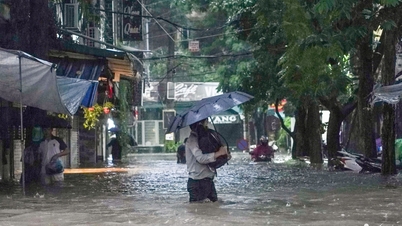

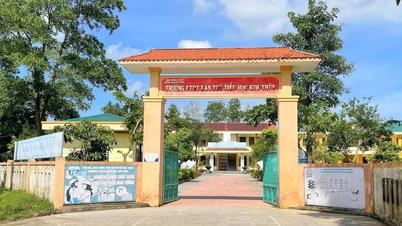

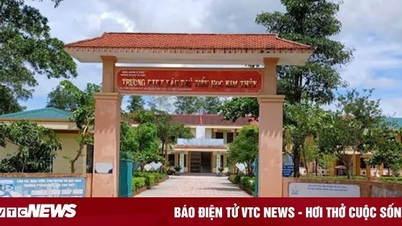

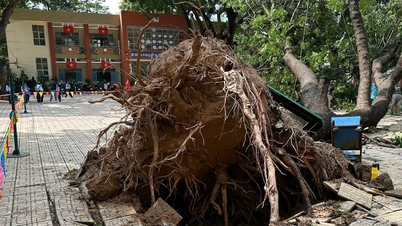




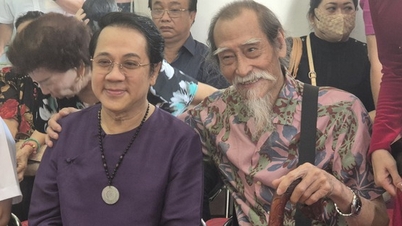
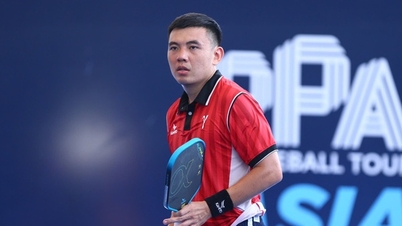












































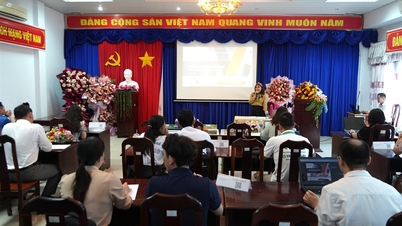
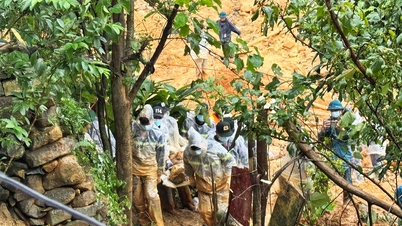

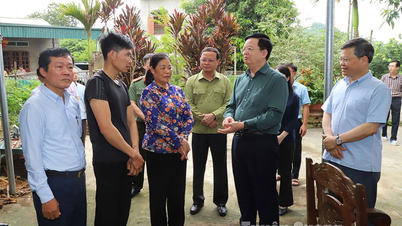


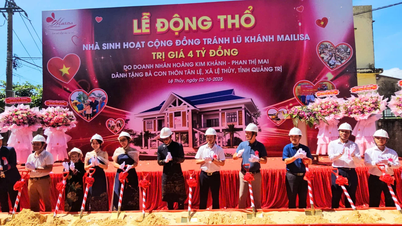
















Comment (0)